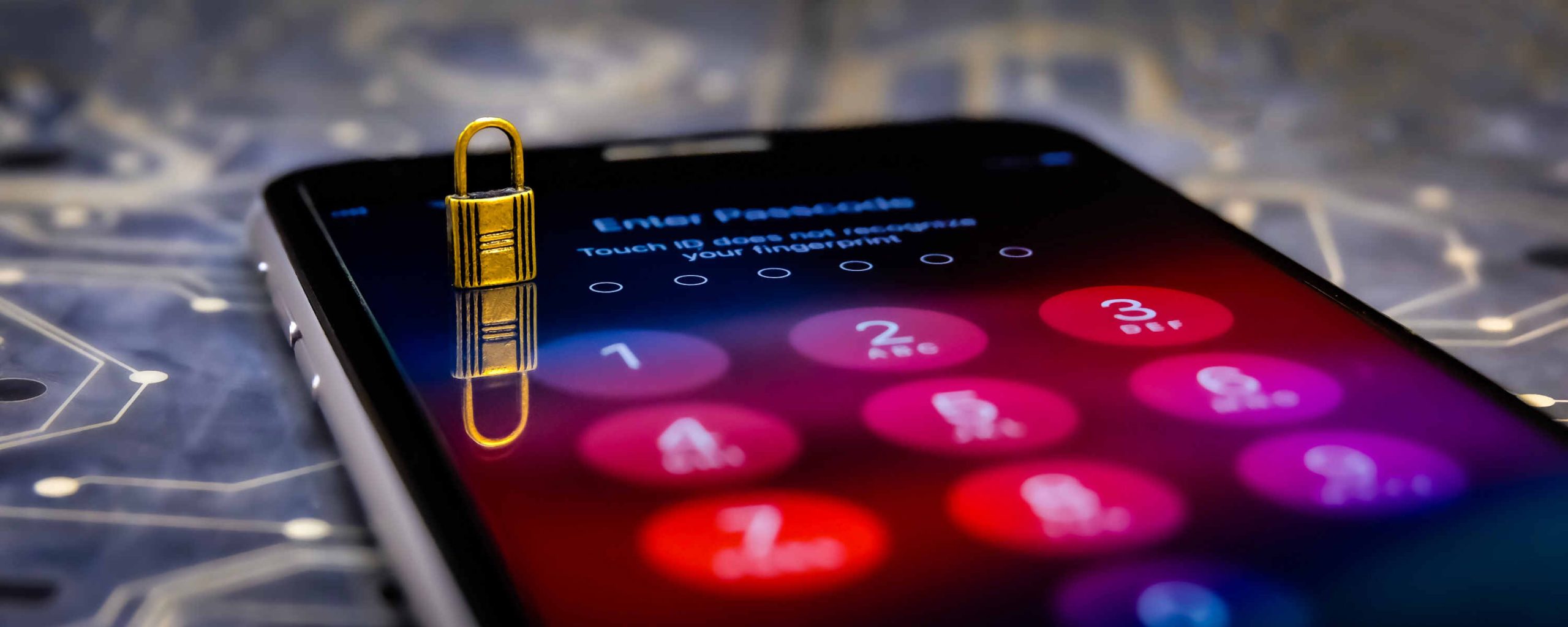It’s been a year since we last posted. We’ve been busy this year revamping our setup to better serve you, the clients.
To speed things along, we tried out ChatGPT for this blog post. Let’s see how it did.
Introduction:
In today’s interconnected world, where technology permeates every aspect of our lives, the need for robust cybersecurity has never been more critical. From personal data breaches to large-scale cyber-attacks on businesses and governments, the threats are diverse and ever-evolving. This blog post delves into the significance of cybersecurity, explores the challenges it poses, and highlights essential measures individuals and organizations can take to protect themselves in the digital realm.
The Evolving Threat Landscape:
As technology advances, so does the sophistication of cyber threats. Malicious actors continuously devise new methods to exploit vulnerabilities and gain unauthorized access to systems, networks, and data. The emergence of the Internet of Things (IoT), cloud computing, artificial intelligence (AI), and other technological innovations has expanded the attack surface and created new avenues for cybercriminals to exploit.
The Consequences of Cyber Attacks:
The consequences of cyber attacks can be devastating, both on an individual and societal level. Personally identifiable information (PII) such as credit card details, social security numbers, and health records can be stolen, leading to identity theft and financial loss. Breaches targeting businesses can result in substantial financial damages, reputational harm, and even legal liabilities. Critical infrastructure, including power grids, transportation systems, and healthcare networks, is also at risk, potentially causing widespread disruptions and endangering public safety.
Protecting Yourself and Your Organization:
While the cybersecurity landscape may seem daunting, there are proactive steps individuals and organizations can take to mitigate risks and enhance their digital security:
- Implement Strong Passwords: Create unique, complex passwords for each online account, using a combination of letters, numbers, and special characters. Consider using a reliable password manager to securely store and generate passwords.
- Enable Two-Factor Authentication (2FA): Utilize 2FA wherever possible to add an extra layer of security. This method combines something you know (password) with something you have (authentication code or physical device) to verify your identity.
- Keep Software Up to Date: Regularly update operating systems, applications, and devices to ensure you have the latest security patches. Software updates often contain critical security fixes that address known vulnerabilities.
- Be Wary of Phishing Attempts: Exercise caution when clicking on links or opening email attachments, particularly if they appear suspicious or come from unknown sources. Phishing attacks are a common tactic used to trick individuals into divulging sensitive information.
- Utilize Antivirus and Firewall Software: Install reputable antivirus and firewall software on all devices to detect and block malware, viruses, and other malicious activities.
- Educate Yourself and Employees: Stay informed about current cybersecurity threats and best practices. Organizations should provide comprehensive training to employees on identifying and responding to potential risks, including social engineering tactics.
- Regularly Back Up Data: Maintain regular backups of critical data and ensure they are stored securely. In the event of a ransomware attack or data loss, having up-to-date backups can help restore operations quickly.
- Practice Safe Online Behavior: Be mindful of the websites you visit, only download files from trusted sources, and be cautious about sharing personal information online. Exercise discretion in what you post on social media, as cybercriminals can exploit this information.
Conclusion:
Cybersecurity is a shared responsibility that requires constant vigilance and proactive measures from individuals, organizations, and governments. By prioritizing cybersecurity practices and adopting a proactive approach to protecting our digital lives, we can fortify our digital fortresses and create a safer online environment for all. Remember, the best defense against cyber threats begins with education, awareness, and a commitment to implementing robust security measures. Stay informed, stay secure!
